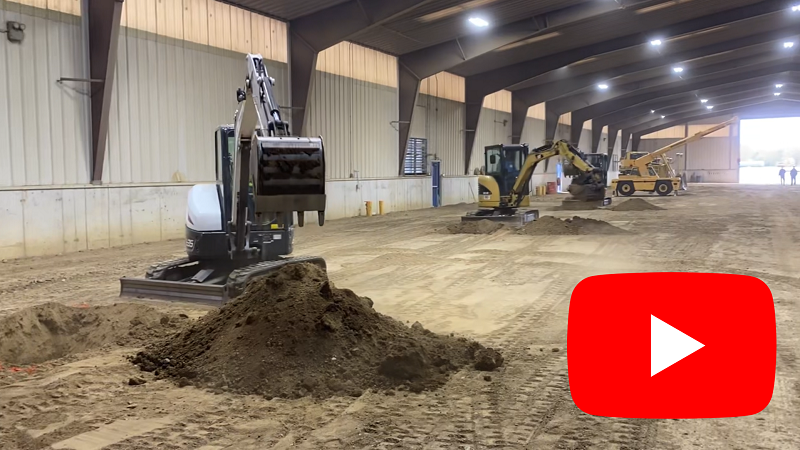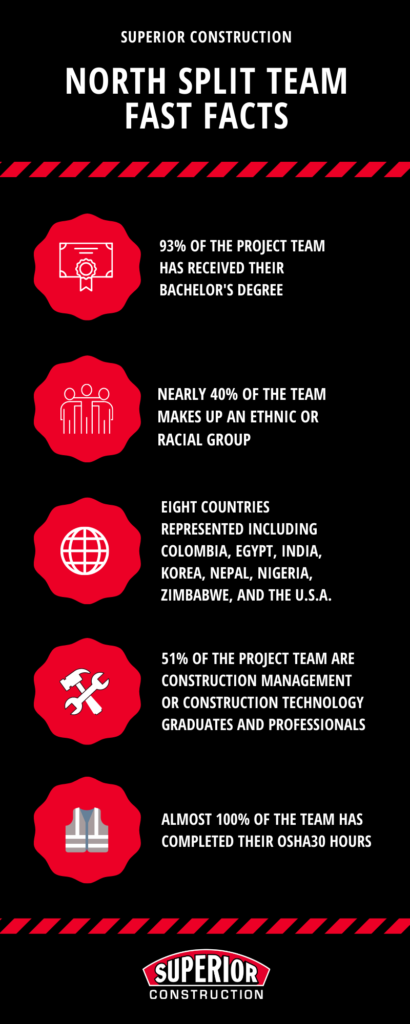Contributors: Kevin Sheets, Hamilton Heights High School and Eric Fisher, ICI Director of Talent Development
ICI continues to help shape industry workforce development by leading the Civil Construction Career Pathway (CCCP)– a four-year plan for students that takes them from construction basics to work-based learning and paid internships.
On Wednesday, Oct. 19, the students of Hamilton Heights High School Civil Construction class went to the International Union of Operating Engineers (IUOE) Local 103 training facility in Anderson. They had the opportunity to run various types of heavy equipment including mini excavators, backhoes and cranes. Each student received at least an hour of operating time, switching between the machines along the way. Two of the students signed up for the apprenticeship program after graduation. This starts them out at $30 per hour on the check (75% of their pay that tops out at $45.00 an hour after 6000 hours of training). It was a fantastic opportunity for this class, showing the CCCP in action. This outing represents the start of a long, healthy partnership between Hamilton Heights High School and IUOE 103.
Check out the kids in action! Photos and video courtesy of Kevin Sheets, Hamilton Heights High School



